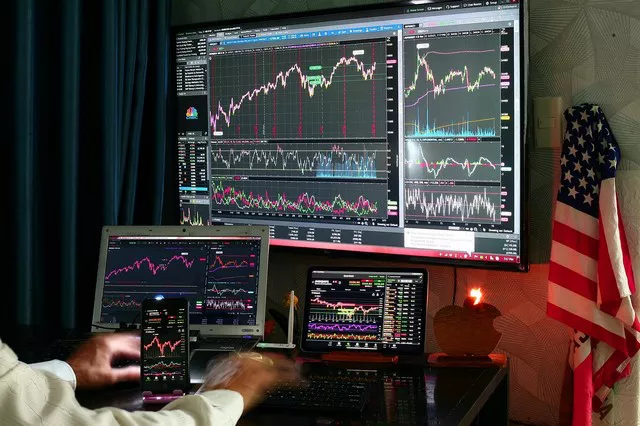In the intricate world of financial markets, the calculation of futures contracts lies at the heart of trading. Nasdaq futures, a popular derivative instrument based on the Nasdaq Composite Index, follow a specific methodology for calculation. Understanding how Nasdaq futures are calculated is essential for investors and traders seeking insights into market movements and opportunities.
1. The Nasdaq Composite Index
To comprehend the calculation of Nasdaq futures, we must first understand the underlying index – the Nasdaq Composite Index. This index tracks the performance of a broad range of technology-focused companies, including leading technology, internet, and biotechnology firms. The Nasdaq Composite Index serves as the foundation for Nasdaq futures contracts.
2. Components of Nasdaq Futures Calculation
The calculation of Nasdaq futures involves several key components, including the Nasdaq Composite Index value, interest rates, dividends, and time to expiration. The equation used to calculate Nasdaq futures can be complex, as it considers these variables to determine the futures contract price.
3. Fair Value Calculation
The fair value of a futures contract is the theoretical price at which it should trade in relation to the underlying index. The fair value calculation involves taking into account the current value of the Nasdaq Composite Index, adjusting for dividends, interest rates, and the time to expiration. The difference between the fair value and the actual futures price can indicate market sentiment – whether the futures are trading at a premium (above fair value) or discount (below fair value).
4. Arbitrage and Market Efficiency
Arbitrageurs play a critical role in maintaining the relationship between the futures price and the underlying index’s value. If the futures price diverges significantly from the fair value, arbitrageurs step in to capitalize on the price discrepancy, effectively bringing the two values back in line through their trading activities.
5. Interest Rates and Dividends
Interest rates impact the calculation of Nasdaq futures through the concept of cost of carry. The cost of carrying the underlying assets (Nasdaq Composite Index stocks) until the futures contract expires is a crucial consideration. Dividends paid by the index components also influence the calculation, as they can offset the cost of carry.
6. Market Speculation and Supply-Demand Dynamics
Market speculation and supply-demand dynamics can impact the futures contract price. If traders anticipate a future rise in the Nasdaq Composite Index, they may drive up the demand for Nasdaq futures contracts, leading to an increase in their prices.
7. Impact on Investment Strategies
Understanding how Nasdaq futures are calculated can have implications for investment strategies. Traders may analyze the relationship between the futures price and the underlying index’s value to identify potential trading opportunities. Similarly, long-term investors may use the futures market to hedge against potential market downturns.
8. Continuous Monitoring
The calculation of Nasdaq futures is an ongoing process that evolves with changing market conditions. Traders and investors need to continuously monitor the Nasdaq Composite Index, interest rates, dividend payouts, and other variables that influence the calculation.
9. Accessing Futures Quotes
Investors can access Nasdaq futures quotes through financial news platforms, brokerage accounts, and futures exchange websites. Real-time updates on futures prices, along with the fair value calculation, can provide insights into market sentiment.
10. Role in Market Efficiency
The calculation of Nasdaq futures contributes to market efficiency by aligning the futures price with the expected future value of the Nasdaq Composite Index. This alignment encourages market participants to make informed decisions based on fair value expectations.
11. Influence on Portfolio Management
For portfolio managers, the calculation of Nasdaq futures offers a tool for risk management and diversification. By incorporating Nasdaq futures contracts into portfolios, managers can hedge against potential losses in the technology sector.
12. Navigating Market Dynamics
Understanding how Nasdaq futures are calculated empowers market participants to navigate the complexities of financial markets more effectively. By grasping the intricate interplay between the Nasdaq Composite Index, interest rates, dividends, and market sentiment, investors and traders can make informed decisions that align with their strategies and objectives.
Conclusion
The calculation of Nasdaq futures is a sophisticated process that considers multiple variables, from the Nasdaq Composite Index’s value to interest rates and dividends. As a cornerstone of the derivatives market, Nasdaq futures play a crucial role in providing insights into market sentiment and expectations. Whether you’re a seasoned trader or a long-term investor, comprehending how Nasdaq futures are calculated can enhance your ability to interpret market movements, make informed decisions, and navigate the intricate world of financial markets with confidence.


